Think California and New York are the priciest places to live? Think again.
While they’re known for sky-high rents and outrageous costs, neither of them takes the top spot. Other states have crept up the list, draining bank accounts and making everyday life a financial struggle.
From housing to groceries to taxes that make you do a double take, these 15 states aren’t cheap. Some might surprise you, while others have been expensive for decades.
Ready to see which places will make your wallet cry the hardest? Let’s dive in.
Hawaii

Known for its stunning landscapes, Hawaii also boasts the highest living costs in the nation. This state is a paradise that comes with a hefty price tag.
Housing is among the priciest, with limited land driving up real estate values. High shipping costs for imported goods add to the expenses, making everyday items more costly.
Furthermore, utilities and groceries are significantly more expensive, reflecting the state’s isolation. Despite the financial strain, the allure of beaches, cultural diversity, and tropical climate continues to attract residents and tourists alike.
Massachusetts
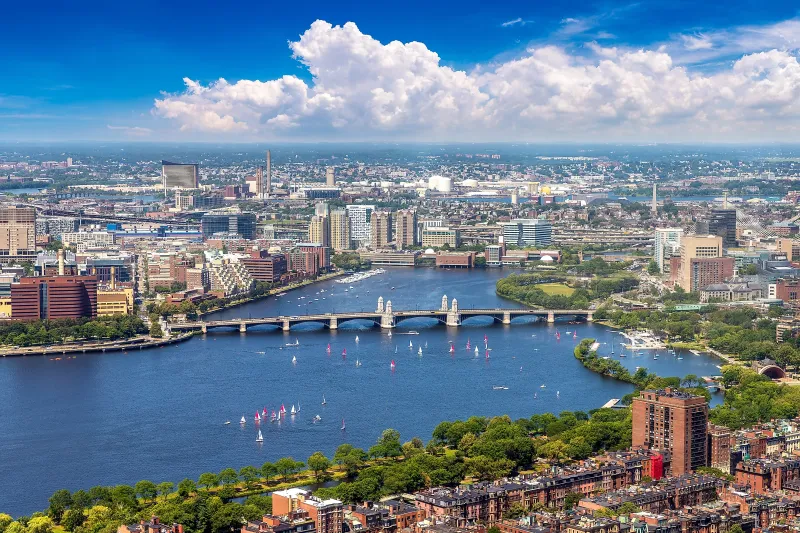
Home to prestigious universities, Massachusetts offers a rich mix of history and innovation. The cost of living is steep, particularly in Boston, where housing prices are sky-high.
Education and healthcare sectors thrive here, yet they contribute to the overall expense. Transportation costs are higher in urban areas, adding another layer of financial demand.
Despite the economic pressure, the state’s educational opportunities and cultural amenities often outweigh the costs, drawing students and professionals from around the world.
Connecticut
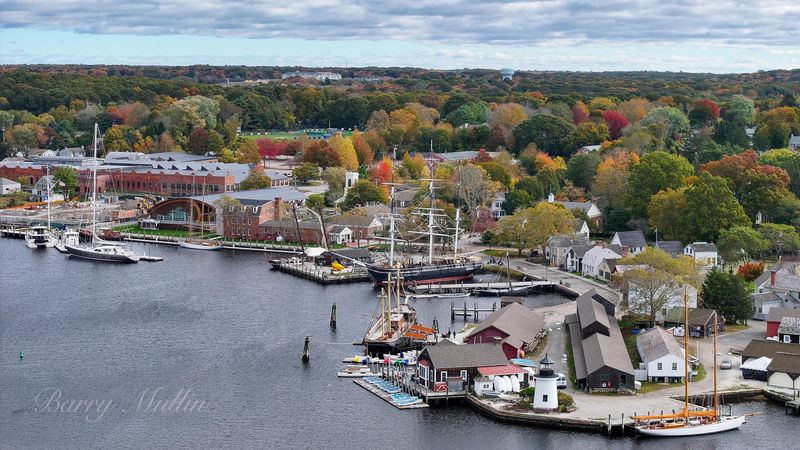
With charming towns and a wealthy populace, Connecticut sits high on the list. Proximity to New York City drives up housing costs, especially in Fairfield County.
Taxes and utilities add to the burden, making it one of the costliest states to call home. The state’s economy benefits from finance and insurance industries, yet these sectors also elevate living expenses.
Despite these challenges, Connecticut offers a high quality of life, attracting those who appreciate its picturesque scenery and suburban feel.
Alaska
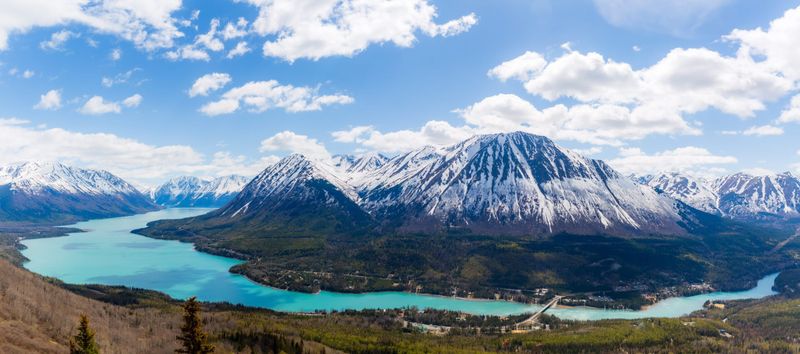
Life in Alaska is an adventure accompanied by high costs. The vast distances mean higher transportation expenses, while harsh winters drive up heating bills.
Groceries and other goods are pricier due to shipping constraints. Despite these hurdles, the rugged beauty and unique lifestyle offer a counterbalance.
Outdoor enthusiasts find the wilderness and wildlife appealing, while the sense of community in small towns fosters a unique camaraderie. Alaska remains a place for those seeking a distinctive living experience.
Maryland
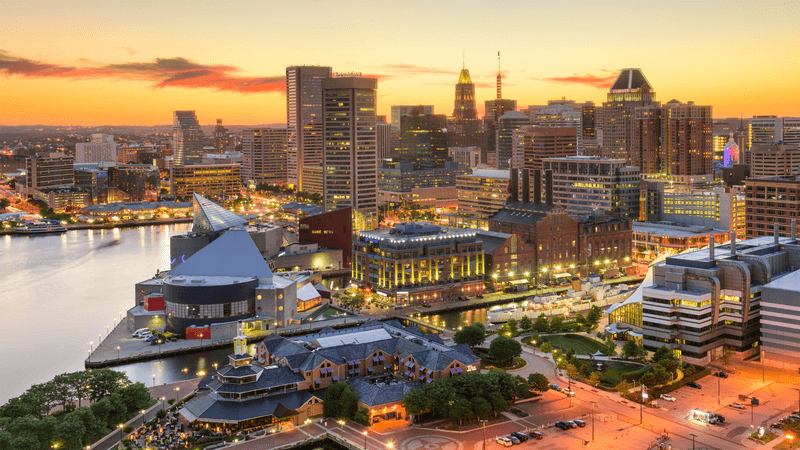
Maryland’s proximity to the nation’s capital contributes to its high cost of living. Housing prices soar in areas like Bethesda and Annapolis, reflecting demand.
The state benefits from robust federal employment opportunities, yet this also raises living expenses. Taxes and healthcare costs are significant factors, adding to the financial load.
Despite these challenges, Maryland offers a vibrant cultural scene and access to political power hubs, attracting professionals and families seeking both career opportunities and quality living.
New Jersey
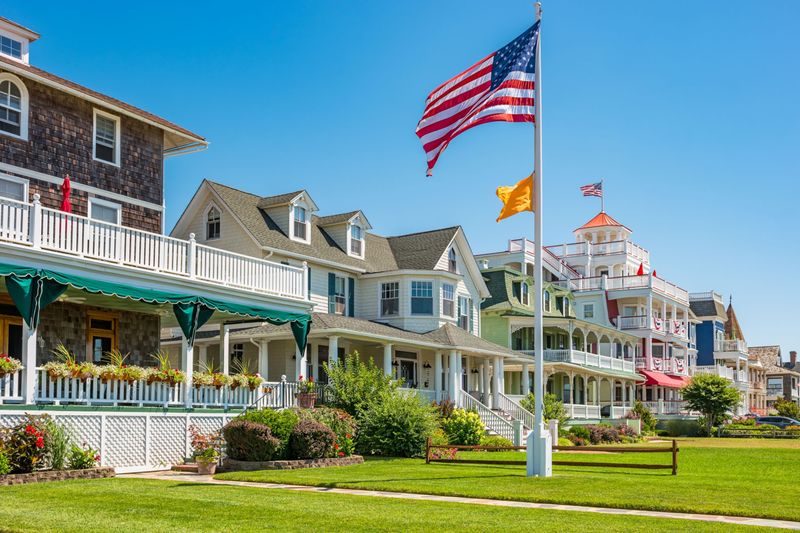
New Jersey’s cost of living is driven by high property taxes and housing costs. The state’s proximity to New York City elevates real estate prices, particularly in northern areas.
Commuting expenses add another financial layer for those working in the city. Despite these costs, New Jersey’s excellent public schools and diverse communities provide appealing incentives.
The state offers a blend of suburban tranquility and urban accessibility, making it a popular choice for families seeking a balance.
Vermont
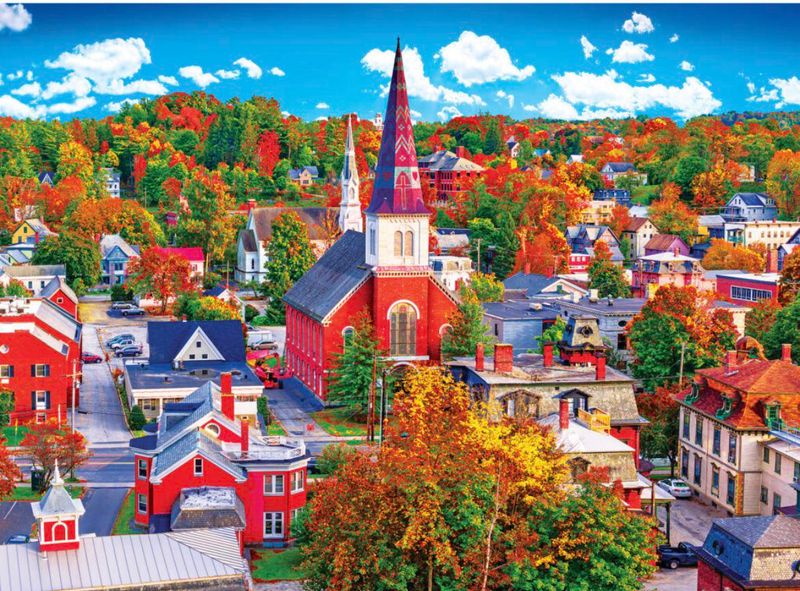
Vermont offers picturesque landscapes with a price. The state’s charm comes with high living costs, driven by housing and taxes.
Despite its rural setting, property values remain high, reflecting demand for its serene environment. The cost of heating in winter also adds to expenses.
Yet, Vermont’s appeal lies in its strong sense of community, outdoor recreation, and a slower pace of life. Residents appreciate the quality of life, making the financial burden worthwhile for those seeking tranquility.
Oregon

Oregon, known for its natural beauty and vibrant cities, presents high living costs. Housing prices in cities like Portland have surged, driven by demand and limited housing supply.
The state’s lack of sales tax is offset by higher income taxes, impacting residents’ finances. Despite these costs, Oregon’s emphasis on sustainability, outdoor activities, and creative culture attract many.
The balance of urban life and natural surroundings offers an enticing lifestyle, appealing to those valuing environmental consciousness and diversity.
Rhode Island
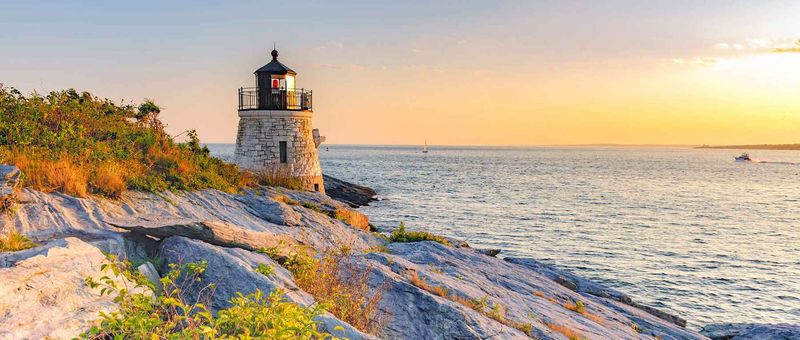
Rhode Island may be small, but its living costs are not. Housing prices are high, particularly in coastal areas with scenic views.
The state’s rich history and cultural attractions add to the allure, driving demand. Taxes and utilities contribute to the financial load, yet the quality of life remains appealing.
Rhode Island’s unique blend of urban and coastal experiences attracts residents seeking cultural richness and scenic beauty, even at a premium price.
New Hampshire
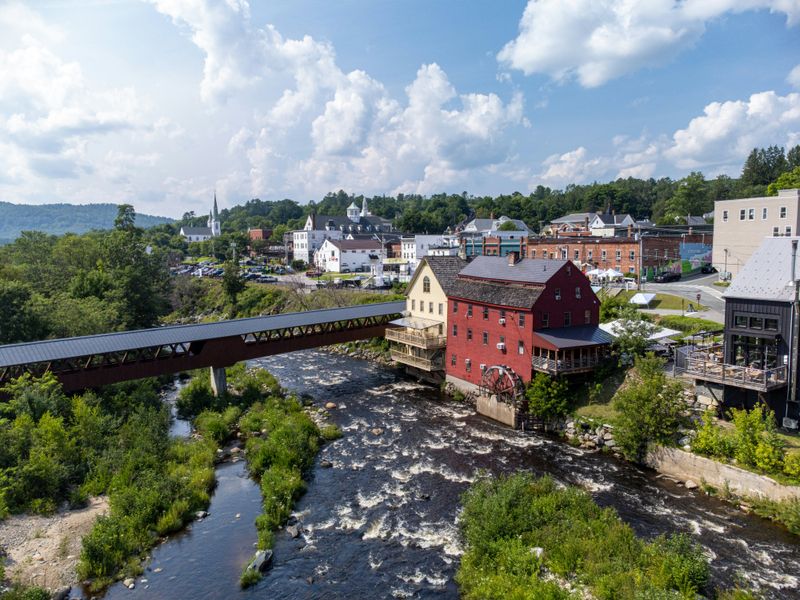
New Hampshire offers no sales tax, but don’t be fooled—living costs remain high. Housing is expensive, especially in areas close to Boston.
The absence of income tax is offset by property taxes, impacting overall expenses. The state’s natural beauty and outdoor lifestyle provide a draw, with mountains and lakes offering endless activities.
Residents cherish the balance of rural charm and proximity to urban centers, making the financial commitment worthwhile for those valuing both nature and accessibility.
Washington

Washington State is a tech hub with rising living costs. Housing in Seattle is particularly expensive, driven by the tech industry’s growth.
The state’s absence of income tax is balanced by high property taxes, influencing overall expenses. However, Washington’s stunning landscapes and vibrant cultural scene offer significant appeal.
The mix of urban innovation and natural beauty entices those looking to blend career opportunities with an active lifestyle. The cost may be high, but the rewards are plentiful.
Colorado
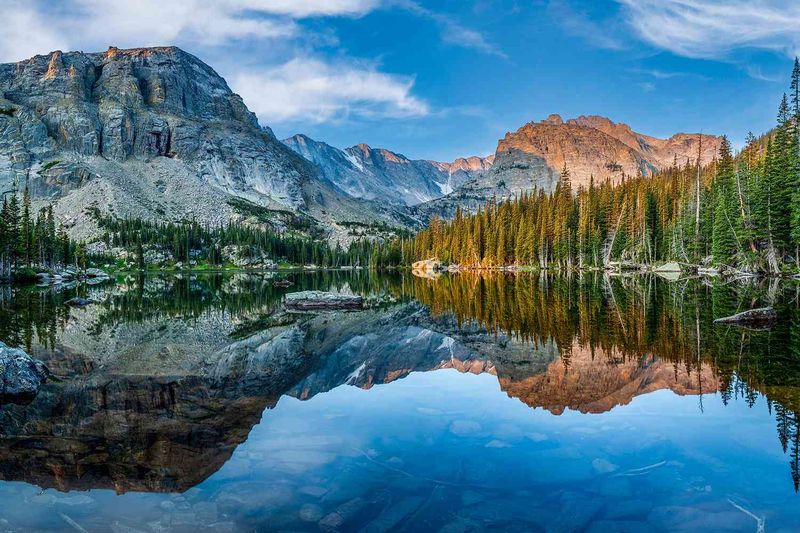
Colorado’s appeal lies in its outdoor lifestyle, but living here isn’t cheap. Housing costs have surged, particularly in Denver and Boulder, driven by demand and limited availability.
High recreational fees and transportation costs add to the financial burden. Despite these expenses, the state’s stunning natural beauty and thriving job market in tech and renewable energy attract many.
Colorado offers a dynamic lifestyle for those willing to invest in the blend of urban living and outdoor adventures.
Virginia

Virginia’s proximity to Washington, D. C.
, makes it a costly place to live. Housing in areas like Arlington and Alexandria is high, influenced by demand from federal employees.
The state’s mix of history and innovation contributes to the living expenses. Despite this, Virginia offers rich cultural experiences and educational opportunities, drawing families and professionals.
The blend of historic charm and modern amenities provides a rewarding lifestyle for those looking to invest in quality living.
Delaware

Delaware enjoys no sales tax, yet living costs remain high due to housing and services. Proximity to major cities like Philadelphia influences real estate prices.
The state’s strong financial and chemical industries impact local expenses. Despite high costs, Delaware’s charming beach towns and tight-knit communities attract those seeking coastal living.
The balance of small-town ease and access to urban centers offers an appealing lifestyle, justifying the cost for those valuing both community and convenience.
Illinois
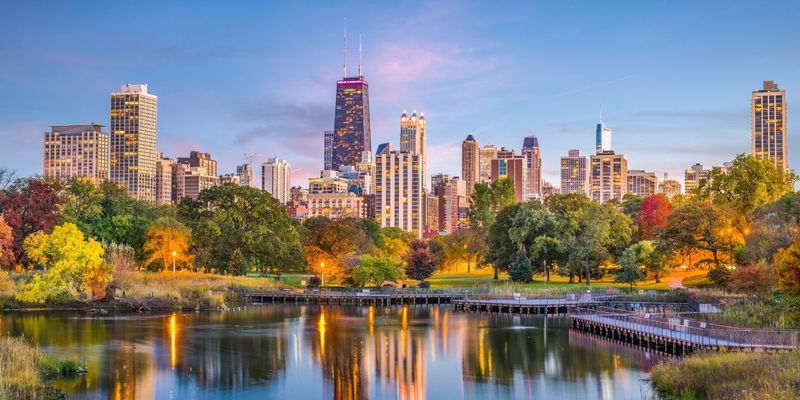
Illinois, with its vibrant city of Chicago, faces significant living costs. Housing prices in urban areas are steep, influenced by demand for city life.
Taxes also weigh heavily on residents, contributing to the state’s expensive reputation. Yet, Chicago’s cultural scene, with its museums, restaurants, and theaters, offers substantial value.
The state’s mix of urban excitement and Midwestern charm draws those looking to enjoy a diverse lifestyle. The investment in living expenses is often balanced by the rich experiences available.
